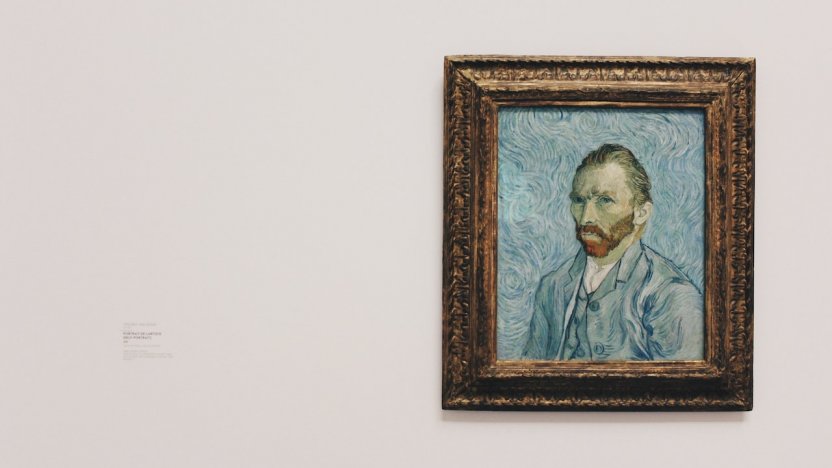There's only one Van Gogh… for alcoholic drinks

In its unequivocal refusal of 'The Van Gogh' EU trademark application, the European IP Office (EUIPO) has confirmed its previous rulings on the likelihood of confusion between 'fruits extracts, alcoholic' and 'alcoholic beverages’, as Clémence Guilbert explains.
In its decision of 27 October 2020, EUIPO's Fifth Board of Appeal agreed with the refusal of the EU trademark (EUTM) application for the words ‘The Van Gogh' for all contested goods. The decisions provides some consistent and useful guidance on assessing likelihood of confusion between two European trademarks.
Likelihood of confusion: an eminently factual assessment
Likelihood of confusion between two marks is a fundamental ground of refusal for a trademark application in the EU, as stated in Article 8(1)(b) of the EU Trade Mark Regulation.
Whether there is a risk of confusion between two marks comes down to a careful assessment of the degree of similarity between the signs, and the goods and services covered by them. That includes consideration of:
- The public to whom the goods are directed;
- Any visual, aural or conceptual similarity between the signs;
- The nature, intended purpose and method of use of the designated goods and services, and whether they are in competition or complementary to each other (Canon KK v MGM); and
- Any additional factors, such as manufacturers, distribution channels and sales outlets.
As we have covered previously, ‘a lesser degree of similarity between the goods or services may be offset by a greater degree of similarity between the marks, and vice versa' (Canon). In such instances, an overall assessment is needed that takes into account all factors relevant to the circumstances of the case (Sabel v Puma).
The battle of the Van Goghs
In November 2018, Changbo Sun filed an EUTM application for the word mark ‘The Van Gogh' in relation to 'fruit extracts, alcoholic' and various alcoholic beverages in Class 33. In February 2019, Luctor International LLC filed an opposition on the basis of two earlier EUTMs for ‘Van Gogh' and 'Vincent Van Gogh', both registered for 'alcoholic beverages' as found in Class 33 and 'beer' as found in Class 32.
EUIPO’s Opposition Division found a likelihood of confusion between the marks and partially upheld the opposition, with the exception of the contested 'fruit extracts, alcoholic', which was considered to be dissimilar to the opponent's goods. It held that the two signs were highly similar from both a visual and aural perspective, as they contained the same words/sounds ‘Van Gogh’, the article ‘The’ receiving less attention. Conceptually speaking, the signs were also strongly similar as they would be understood by the general English-speaking public as referring to the famous artist.
Luctor filed a complaint before EUIPO’s Board of Appeal seeking to extend the opposition decision to all contested goods, and arguing that:
- Beyond mere similarity, the contested ‘The Van Gogh’ should be considered to be identical to ‘Van Gogh’, the article 'The' being unnoticed;
- The contested ‘alcoholic fruit extracts’ were not dissimilar, but instead showed a low degree of similarity to the opponent's ‘alcoholic beverages’ as per Sumol;
- As a result of the interdependence principle set out in Canon (see quote above), the high degree of visual, aural and conceptual similarity, or even the identity of the signs, combined with a low similarity between the goods was sufficient to reject the application for all of its goods.
Following the guidance of the Fifth Board of Appeal
Relying on its previous finding in Sumol, the Fifth Board of Appeal overturned the contested element in the Opposition Division's decision, and the application was rejected for all contested goods. In particular, it agreed that 'fruits extracts, alcoholic' were similar to a low degree to the 'alcoholic beverages' of the opponent (Sumol) given that they may be:
- sold at the same points of sale;
- directed at the same public (in this instance, a professional public and the general public in the EU);
- in competition with each other;
- produced by the same undertakings; and
- sold through the same channels.
The Board did not agree that the signs at issue were identical, however, finding them instead to be highly similar visually, aurally and conceptually.
The case highlights once again the importance of a trademark watching strategy that covers all related classes.
For more information on this subject or for advice protecting and enforcing your trademarks, please speak to your Novagraaf attorney or contact us below.
Clémence Guilbert works at Novagraaf’s Competence Centre. She is based in Amsterdam.